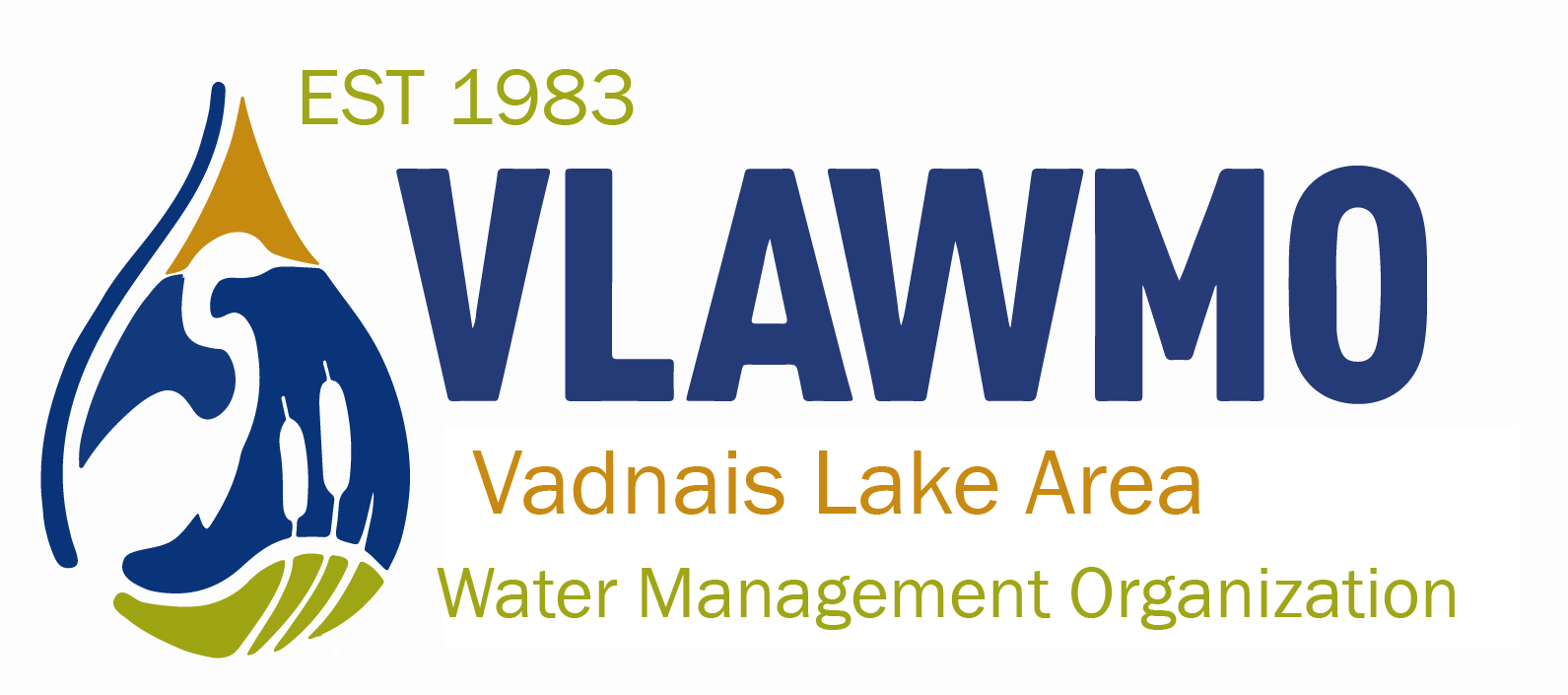Native Plant Demonstration at VH Commons
Quick Facts:
- The planting area consists of 2 gardens that were previously infested with invasive reed canary grass that now contain mature native plants, with a focus on flowering plants for pollinators.
- These mature plants produce seed that is collected by VLAWMO staff and volunteers for use in other restorations in the watershed.
- Each garden is ~270 square feet for a total of 540 square feet.
- The runoff coming from the Vadnais Heights Commons drains into Lambert Creek and East Vadnais Lake.
Funding:
This effort was funded in partnership with the City of Vadnais Heights and the VLAWMO Landscape Level 1 grant program. The City of Vadnais Heights also provided: Vehicle time for transportation of plants, Public Works time to clear invasive species, and mulch and supplies for upkeep (ongoing). A local youth group from Unity Unitarian Church volunteered to complete the planting with VLAWMO staff in 2019.
Reasons for project:
- Park beautification in a high-use public space.
- Establishment of plant species that contribute more to soil health than conventional ornamental plants.
- To demonstrate the possibilities of native species planted in clumps.
- Plants in the garden were selected to produce flowers and support pollinators throughout the growing season.
- A source for seed collections to support other restoration efforts in the watershed.
- To support the community and environmental goals of Vadnais Heights Parks and Recreation.
Installation:
- The installation process involved chemical treatment for invasive reed canary grass (2 applications during late summer 2019) and a skid steer to remove dense reed canary grass root masses.
- The design of the raingarden was completed in partnership with VLAWMO staff and the City of Vadnais Heights Parks and Recreation.
Native plants in the gardens include:
Pennsylvania Sedge, Ohio Spiderwort, Blazing Star, Virginia Mountain Mint, Butterfly Weed, Black Chokeberry, Snowberry, Turtlehead, and Cardinal Flower.
Results:
The gardens provide an educational tool for residents and businesses interested in learning more about working with native plants. Residents can observe how the plants change through the seasons, find a new favorite plant, or possibly watch pollinators such as bees, butterflies, and hummingbirds up close.
Check out the VLAWMO Soil Health Grant or the cost-share resources page for financial support and resources on working with native plants.









